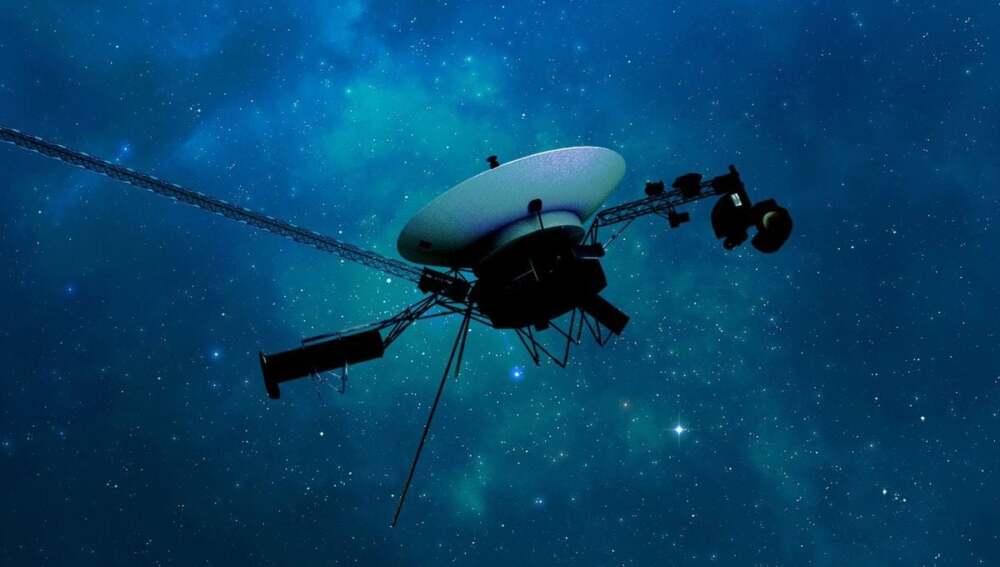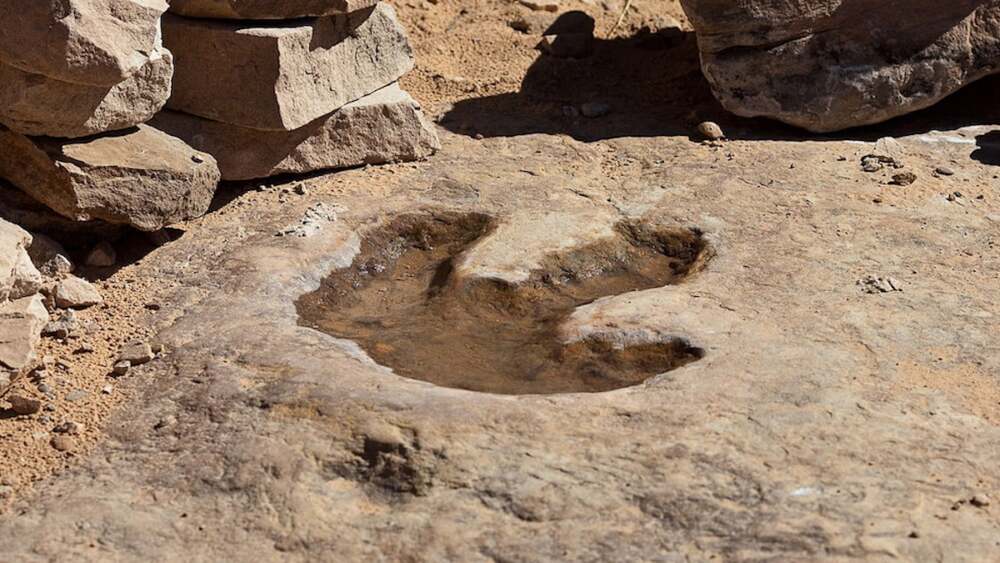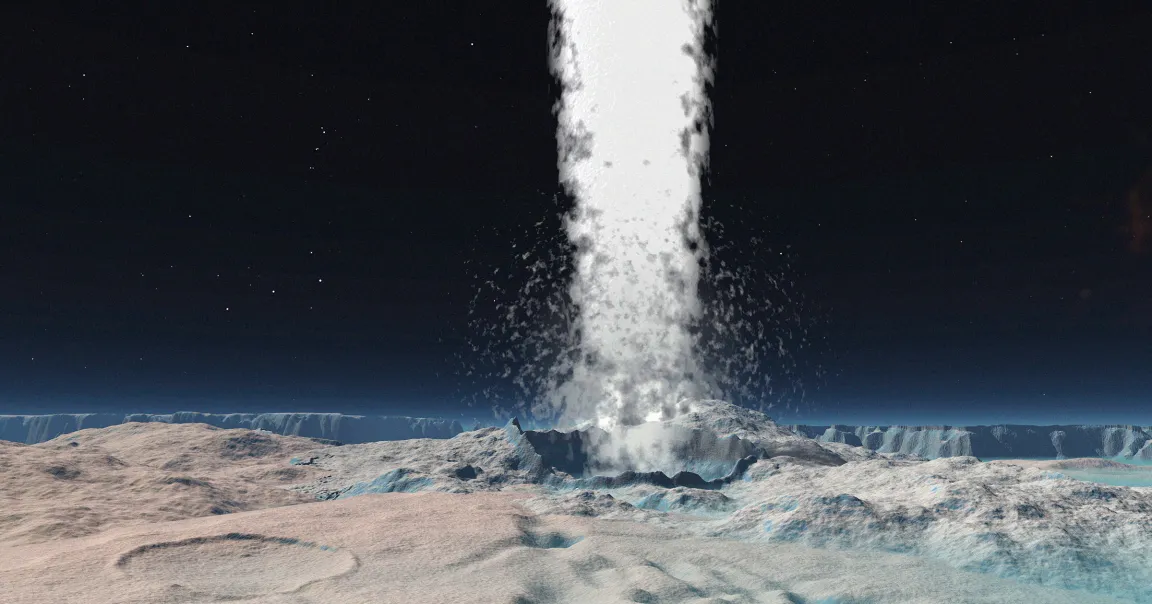NASA’s Voyager 1 spacecraft has marked an extraordinary milestone, celebrating 48 years since its launch in 1977. Originally designed to study the outer planets, Voyager 1 has far exceeded expectations, providing humanity with unprecedented insights into our solar system and beyond.
A Journey Beyond the Solar System
Voyager 1 was launched on September 5, 1977, with the primary mission of studying Jupiter and Saturn. Its flybys revealed breathtaking details about the gas giants, including their complex ring systems, moons, and magnetic fields. Following the success of its planetary encounters, Voyager 1 continued its journey toward interstellar space, becoming the first human-made object to leave the heliosphere—the bubble of charged particles surrounding the Sun.
Now traveling over 23 billion kilometers from Earth, Voyager 1 continues to send valuable scientific data, measuring cosmic rays, solar wind, and magnetic fields in the interstellar medium. The spacecraft’s instruments, though aging, still provide insights into the environment beyond our solar system, helping scientists understand how stars and planets interact with the wider galaxy.
Engineering Marvel
The longevity of Voyager 1 is a testament to its exceptional engineering. Designed with durability and redundancy, the spacecraft has survived extreme temperatures, cosmic radiation, and the vast distances of deep space. Its power source, a radioisotope thermoelectric generator (RTG), has steadily provided energy for nearly five decades, although power levels are slowly decreasing, prompting NASA to shut down nonessential systems over time.
Despite its age, Voyager 1 continues to operate critical instruments, maintaining contact with Earth through NASA’s Deep Space Network. This ongoing communication allows scientists to monitor cosmic phenomena and refine models of the heliosphere and interstellar environment.
Cultural and Scientific Legacy
Beyond its scientific contributions, Voyager 1 carries the Golden Record, a message to any extraterrestrial intelligence, containing sounds and images representing life on Earth. This symbolic gesture reflects humanity’s curiosity, creativity, and desire to connect with the cosmos.
Voyager 1 has inspired generations of scientists, engineers, and the public, serving as a powerful reminder of what human ingenuity and perseverance can achieve. Its achievements continue to influence space missions and exploration strategies for decades to come.
Looking Ahead
While the spacecraft’s instruments will eventually cease operation, Voyager 1’s legacy will endure. Its journey provides invaluable data for understanding interstellar space and sets the stage for future missions to explore the outer reaches of our solar system and beyond.
















Leave a Reply